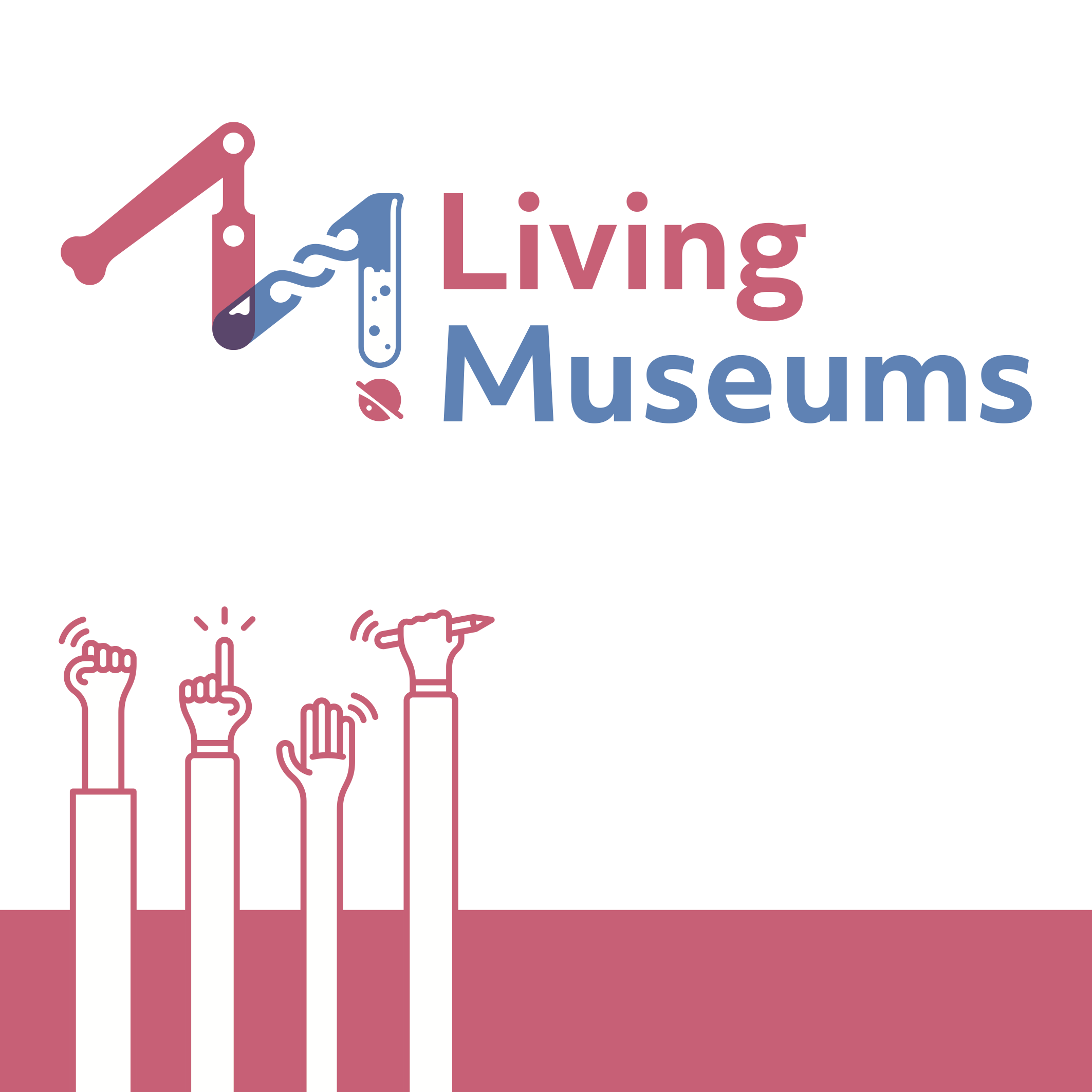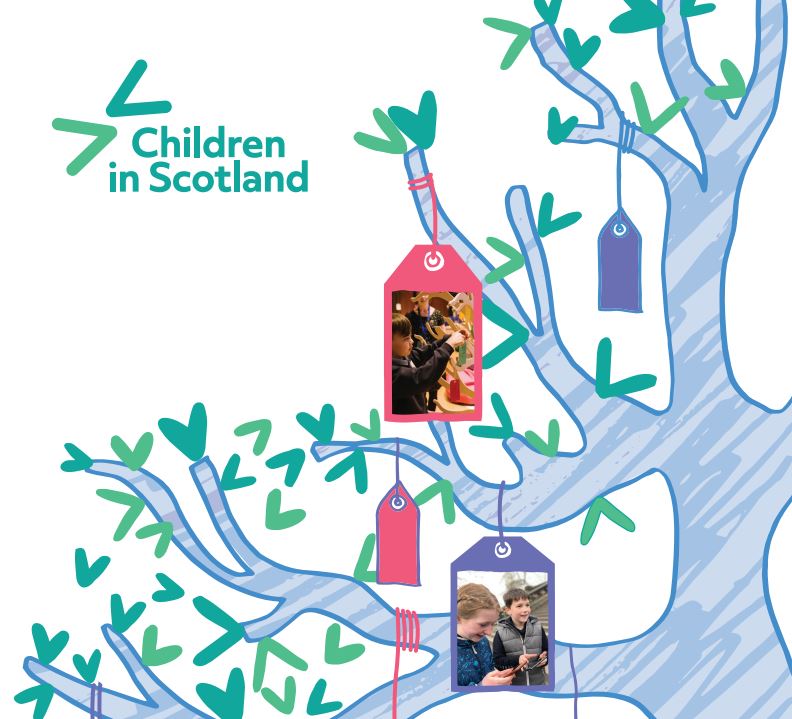Unlocking opportunity: exploring new ways to create employment in the art world
30 Sep 2020
Art History undergraduate and member of the Living Museums project group, Jodie, discusses the importance of the heritage sector being open to opportunities for youth employment
Call 6 of the Living Museums campaign discusses the importance of the heritage sector being open to developing opportunities for youth employment.
As a 21-year-old art history undergraduate, who aims to graduate from St. Andrews next summer, working on the campaign has been a fantastic way to engage museums in the difficult yet necessary conversation of job insecurity in the sector.
In my experience, finding work placements or internships in the industry can often be painful. There are very few jobs for new graduates, and it feels like this makes the sector stagnant.
Speaking to Art Net, Lucy Charlotte stated that she wasn’t even offered one interview over an 18-month period during which she applied for 30 different roles in museums. This despite having two years front-of-house museum experience at Tate, plus two years working for the English Heritage non-profit before achieving a master’s degree in art history.
“How long can I wait around for an art job that will never happen?” asked Charlotte. She is now a midwife.[1]
Her story is not unusual, and the allure of the corporate world has never been more enticing for fresh graduates. With more employers accepting graduates from any degree background whilst promising comfortable salaries from day one, passionate alumni are realising that their goals of being employed within the art and museum sector are naïve, youthful dreams.
This sets off a dangerous chain reaction. Those who have spent four to eight years on a degree specialising in the arts or heritage will take their skills elsewhere. Fewer trained staff results in less institutional knowledge, and training programmes have to be recalibrated in order to take people’s lack of specialist knowledge into account.
This isn’t unknown to experts in the field. Tom Eccles, director of the Centre for Curatorial Studies at Bard College, projects an increase in operational costs by nearly 50%.[2] And those jobs that are finally freed up by retirements or people leaving are not filled by new graduates; instead, they are given to someone else with years of experience.
So what steps can the heritage sector take to ensure that museums remain unscathed by this lack of opportunity?
Internships are a good start. North America is leading the race to guarantee fresh faces in their institutions, and the Metropolitan Museum of Art and the Smithsonian are but two examples of museums with robust internship schemes for both current university students and graduates. The Guggenheim Museum has one of the most competitive internship schemes currently on the art market, and is fought over by thousands.
Though the issue of these schemes being largely unpaid still lingers, it is, at least, still something. If Scottish museums were to promote internship opportunities, it would benefit employee and employer. More opportunities means that young people maintain interest in the sector. It also means more people within the cultural sector that can bring fresh insight during a period of uncertainty over how to involve youth in cultural institutions.
Robust graduate recruitment schemes are also useful for maintaining interest in job opportunities within the heritage sector. Even if this is corporate-led, it ensures that innovative voices are influencing these spaces.
Graduate schemes in public museums are rare, making the ones offered by private galleries and museums even more competitive. Such schemes, offered by galleries such as Christie's, are highly sought-after and a great way to usher in eager new trainees.
Importantly, those who are hired by private auctioneers and galleries will most likely never leave to work in the heritage sector: the pay is handsome, the benefits are better, and job security is far more likely. Therefore, the quicker museums can offer this, the better. It is, in my opinion, crucial for their survival.
Given the current climate, youth panels and work experience opportunities have never been more important to influence future graduates' choice of degree.[3]
Though Scottish students are lucky that their tuition fees are covered by the government, in my opinion, the new way of prioritising STEM degrees over arts degrees will naturally trickle into higher education and further stigmatise undergraduates who show interest in cultural studies. They need someone to be in their corner, and the sector can offer that.
The Barbican Centre in London offers youth panels, internships, apprenticeships, work experience and graduate schemes every year. As a result, the organisation has maintained its name as the largest performing arts centre in Europe, and continues to offer crucial placements for emerging heritage sector employees.
In my opinion, those employed in the heritage sector are a dying breed. Scarce employment opportunities means people are less likely to want to move on from the little job security that they have, leaving no spaces for new graduates to fill. The ever-rarer entry-level post is applied for by hundreds of qualified individuals who are desperate to get a foot in the door.
There is a plethora of steps that museums can take to offer a voice to emerging heritage workers. Internships, graduate recruitment schemes and youth panels are a good start and offer competition to corporate organisations who may wish to poach young university graduates. Volunteering is also great, and shows that extra hands are needed in these spaces. Though the change from ‘volunteer post’ to ‘internship’ may seem pedantic, it can do wonders for the CV of someone who wishes to enter into the industry.
Change has to occur sooner rather than later. The history of the cultural sector is dependent on it.
[1] https://news.artnet.com/art-world/art-industry-brain-drain-1907518.
[2] https://news.artnet.com/art-world/art-industry-brain-drain-1907518.
[3] https://www.bbc.com/worklife/article/20200728-why-australia-is-charging-more-to-study-history/
Jodie is a member of the Living Museums project group.

Living Museums
Find out more about this project exploring how the museum sector can appeal to and engage young people
Click here for more
Our projects
We undertake a diverse range of work that supports our aims
Find out about our projects
Participation & Engagement Guidelines
We developed guidelines for achieving meaningful participation with young people
Download the guidelinesMeet the Participation and Engagement team
Find out more about our team, areas of expertise, and how to get in touch
More hereConsultation Work with Children and Young People
Our participative approach ensures children's voices are at the heart of our work
Find out more